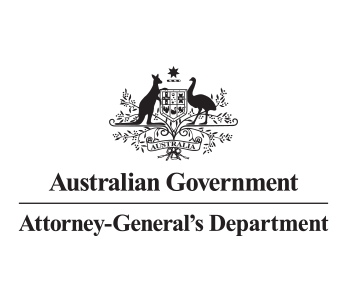Investigate fraud
Summary
Investigate fraud in line with the Australian Government Investigation Standards (AGIS).
Why this countermeasure matters
The prosecution must prove every element of an offence beyond reasonable doubt to convict someone. Fraud investigations not in line with AGIS can:
- be less effective
- reduce the likelihood of prosecutions
- encourage individuals to commit fraud if they think the chance of a successful prosecution is low
- lead to suspects and/or innocent third parties being unfairly treated.
How to put this countermeasure in place
Some ways to implement this countermeasure include investigating fraud using a suite of investigation tools like:
- surveillance
- search warrants
- records of interview
- financial analysis
- digital forensics.
How to check if your countermeasures are effective
To measure the effectiveness of this type of countermeasure:
- broadly compare investigation procedures with the AGIS (see AGIS (Chapter 1.2) Performance Measures)
- consult analysts and investigators about their capability to fraud investigations of this specific or similar type
- confirm that investigations have previously been completed into fraud of this specific or similar type
- retrieve and analyse investigations data related fraud of this specific or similar type. For example:
- the number of cases of this specific type referred for investigation compared to tip-offs received o the number of completed investigations of this specific type compared to cases referred for investigation
- the number of cases of this specific type referred to the CDPP compared to the number of completed investigations
- the number of successful prosecutions of this specific type compared to the number of cases referred to the CDPP.
- review feedback from the CDPP on the previous briefs of evidence
- review the results of any audits into investigation standards.
Related countermeasures
This type of countermeasure is supported by:
Collaborate with strategic partners such as other government entities, committees, working groups and taskforces. This allows you to share capability, information and intelligence and to prevent and disrupt fraud.
Legislation and policy can help prevent, detect and respond to fraud, such as by outlining clear rules, regulations and criteria, allowing entities to collect, use and disclose information and allowing entities to enforce penalties and recover fraud losses.
Develop clear instructions and guidance for activities and processes, such as instructions for collecting the right information to verify eligibility or entitlements, procedures to help staff apply consistent and correct processes and guidance to help staff make correct and ethical decisions.
Provide staff with the knowledge and skills required to analyse and investigate different types of fraud.
Capture documents and other evidence for requests, claims and activities to detect, analyse, investigate and disrupt fraudulent activity.
Coordinate disruption activities across multiple programs or entities to strengthen processes and identify serious and organised criminals targeting multiple programs. It can also include referrals to law enforcement agencies for those groups that reach the threshold for complex criminal investigations.
Make sure a manager, independent person or expert oversees actions and decisions. Involving multiple people in actions and decisions increases transparency and reduces the opportunity for fraud.
Clearly document decision-makers using delegations, authorisations and instructions. Clearly defined decision-making powers increase transparency and reduce the opportunity for fraud and corruption.
Make sure requests or claims use a specific form, process or system for consistency.
Put in place processes for staff or external parties to lodge tip-offs or Public Interest Disclosures.
Internal or external audits or reviews evaluate the process, purpose and outcome of activities. Clients, public officials or contractors can take advantage of weaknesses in government programs and systems to commit fraud, act corruptly, and avoid exposure.
Capture documents and other evidence for requests, claims and activities to detect, analyse, investigate and disrupt fraudulent activity.


